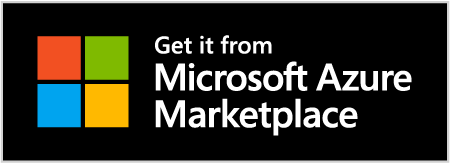Payroll, onboarding, data entry—human resources departments face a number of repetitive tasks.
Fortunately, these tasks don’t have to be time-consuming. Robotic process automation (RPA) is designed to free HR teams up so they can focus on more productive, strategic business goals.
This piece will outline why RPA is vital to human resources departments.
What Is Robotic Process Automation?
Robotic process automation and artificial intelligence (AI) are often considered one and the same, but these two areas are actually different use cases of the same—or similar—technology.
You’re likely familiar with AI. And where AI thinks, RPA acts. Robotic process automation consists of software robots created to mimic human actions.
So what does RPA look like in HR? It’s generally used to help human resources professionals automate processes like sending out job offers, ordering inventory, onboarding staff, and inputting data.
One 2020 survey revealed that the use of RPA tools increased by 50% in HR functions, with users citing the user-friendliness of the tech and a desire to move beyond manual tasks as key reasons to implement robotic process automation.
In short, the tech has all but transformed the way HR professionals view routine tasks.
Why Use RPA In Your HR Department?
RPA isn’t designed to replace jobs, but to take on the role of individual tasks—interacting with digital systems throughout. Automating the administrative side of HR saves professionals time and resources, freeing them up so they can focus more on resolving issues and identifying areas for further improvement.
If you haven’t already begun using robotic process automation, now is the time to get started. HR departments list the following benefits of RPA:
- Accuracy
RPA features pre-coded technology and eliminates the risk of human error. HR staff can rest assured they’re going about tasks like payroll correctly, that the tech they’re using will highlight potential problem areas, and that the RPA will double-check their work so they don’t have to.
- Productivity
What if robotic process automation could help HR teams become more productive? Say your department is using the tech to pre-screen candidates’ resumes. It’ll do this for team members, saving them time so they can focus on more qualitative tasks like interviewing candidates.
- Consistency
RPA will put an end to output variations, ensuring consistency and error-free performance. With this tech in their arsenal, HR departments can work at a high level without worrying about any discrepancies in, say, their expense management or background screening.
- Scalability
With robotic process automation, the cost per task is fairly low—meaning the solution can be scaled with ease. Plus, users can increase or decrease it based on their unique requirements, preventing downtime and eliminating wasted effort as a result.
Connect With HumanSoft Today
Built on the low-code, no-code Microsoft Power platform, HumanSoft brings peace of mind to HR professionals and organizations. Our process-driven solution offers a chatbot, mobile-ready system with AI models, robotic process automation, and a full suite of other pillars designed to help you thrive.
Consider it your all-in-one human resources technology solution—customizable based on your unique needs. Contact us today to learn more.




